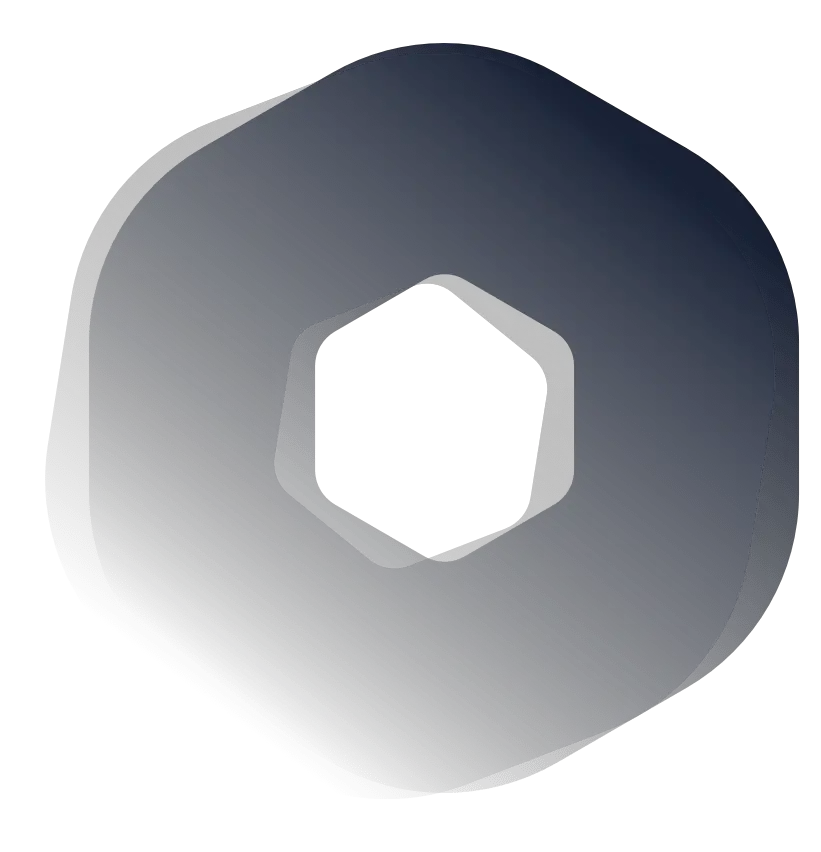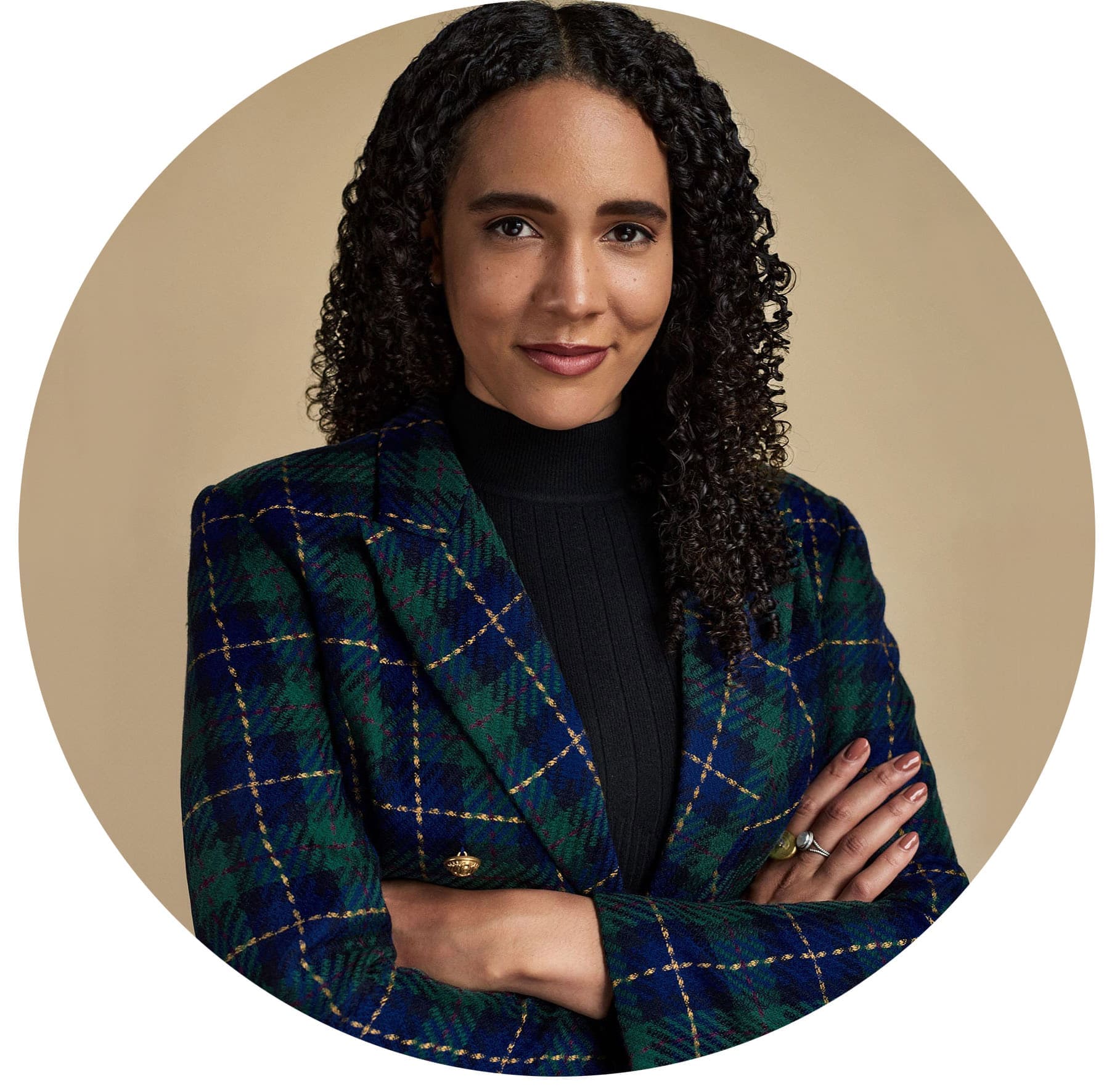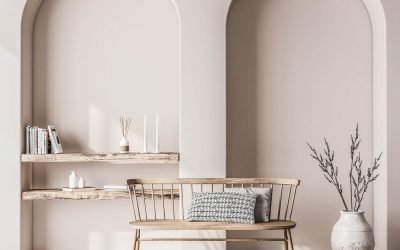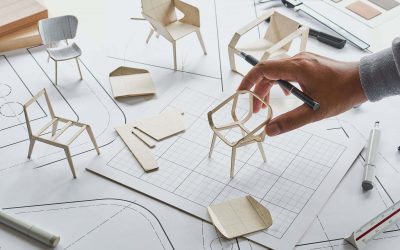Interior & fashion design are two career paths that bring creativity & beauty into the public eye. While the two are similar in their creative nature, they are also very different. I will explain the differences to those who are curious & potentially looking to one or the other as a career.
Interior design is taking a space & giving it beauty & flow, as well as functional purpose through decoration using art & furniture. Fashion design is taking textiles & creating wearables that accentuate style & personality. Both give art, style, & beauty a home in our culture.
Both creative outlets speak to design & personality. There are many differences between the two as well. The big one being we wear fashion, & we occupy our interior wherever that space is. Read on to learn more about both interior & fashion design.
This article was originally published on https://www.aaloftsdesign.com. If this article appears on any other site other than https://www.aaloftsdesign.com without clear referencing it is a violation of the copyright owned by https://www.aaloftsdesign.com.
This article may contain affiliate links. That means if you click & buy a product, I may receive a small commission at no extra cost to you. AALofts Design is a participant in the Awin Affiliates program, an affiliate advertising program designed to provide a means for sites to earn advertising fees by advertising & linking to participating merchants. For more information, please view my Privacy Policy & Terms & Conditions Pages.
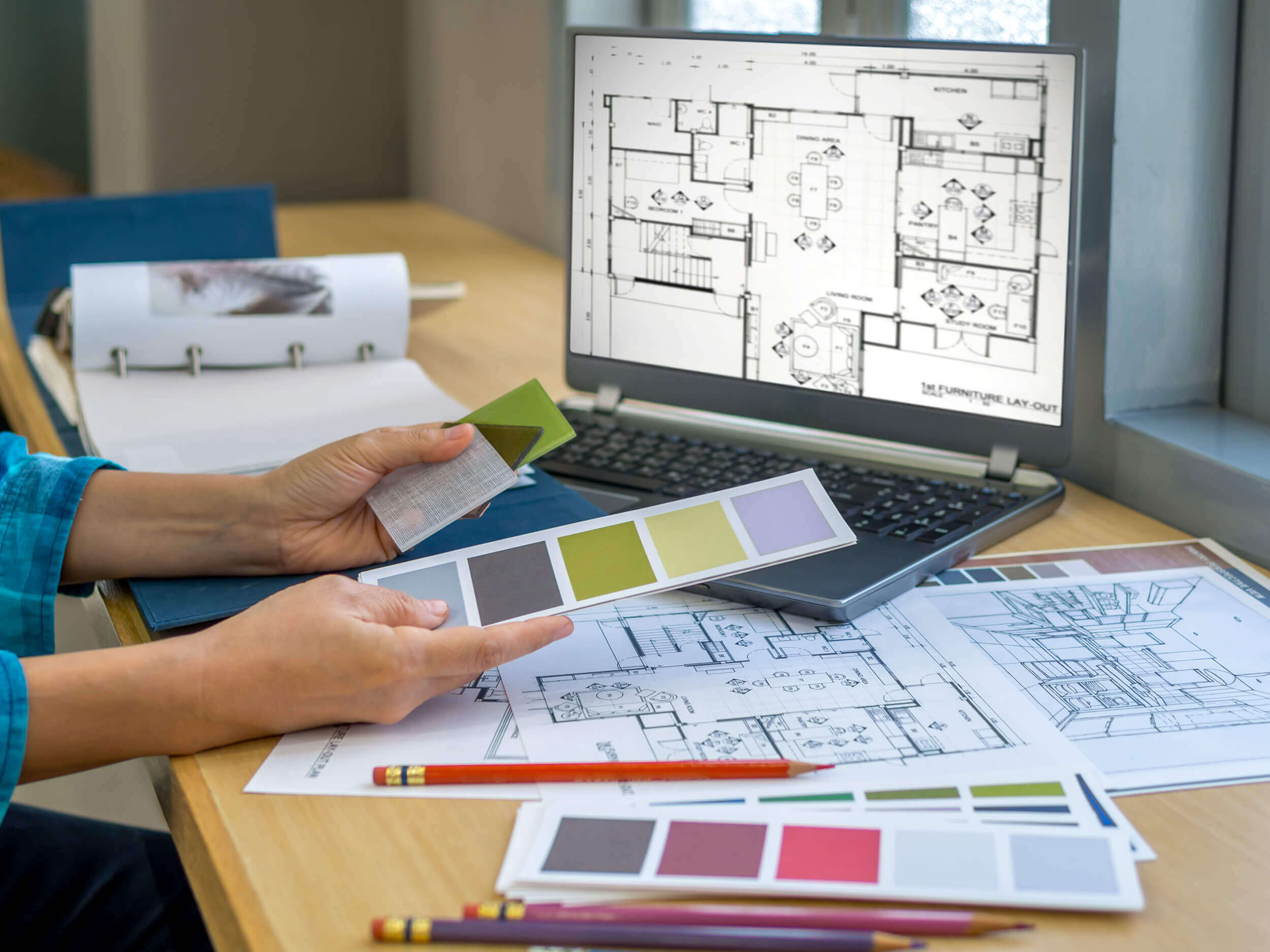
About Interior Design.
Interior design involves taking a space like a home, office, restaurant, or business & giving it a functional flow & artistic style. There are some areas that an interior designer is expected to know:
- Material
- Spatial planning
- Computer software
- Building code & structural safety
While these areas are but a small glimpse of what you might encounter in the day-to-day life of an interior designer, they are important because together they bring safety & security to the environment.
Interior Design Material.
Knowing your environment is important & what kind of materials to use in that environment can be crucial when considering design factors & safety. Different materials may not be abundant in an area, which may drive up costs.
The material used in a certain climate may wear out faster or cause a safety issue in a building or space. Some materials may be illegal to use in certain countries. Materials may have different effects on people that may drive allergic reactions or other health conditions.
Spatial Planning.
When you envision your design in a particular space you need to consider how you are going to make the best use of that space. For instance, in a home, you want it to be comfortable, but to also incorporate the furniture & art that you want, it needs to be functional.
In an office space, it is not as important to be fashionable, but it is important that the office will be efficient, & will have space to flow as people are working, as well as be safe & clutter-free in case of an emergency.
Computer Software.
People may not realize that there is some computer software involved in designing a space. While some traditional free-hand blueprints drafting takes place, many designers take up learning the software to assist them in design & drafting.
Some drafting software you may encounter & would be beneficial to learn is Computer-Aided Design (CAD). Becoming efficient in the software can give you an edge when competing against other designers & can also aid your customer in the readability of your draft.
Building Code & Structural Safety.
Considering building code & structural safety is very important when doing interior design. You have to make sure that your area is safe, & that it is not violating any code that is enforced by the local authorities & fire safety.
Considering what the building is able to bear is important to your design. You do not want to bring in furniture or art or machinery that the building cannot physically fit, or compromise the structural integrity of the floor, walls, & ceiling. Safety is first when implementing a design for a home & public spaces.
Interior design is a creative, fun & challenging career with many aspects to consider when designing a space. Each design is unique & different.
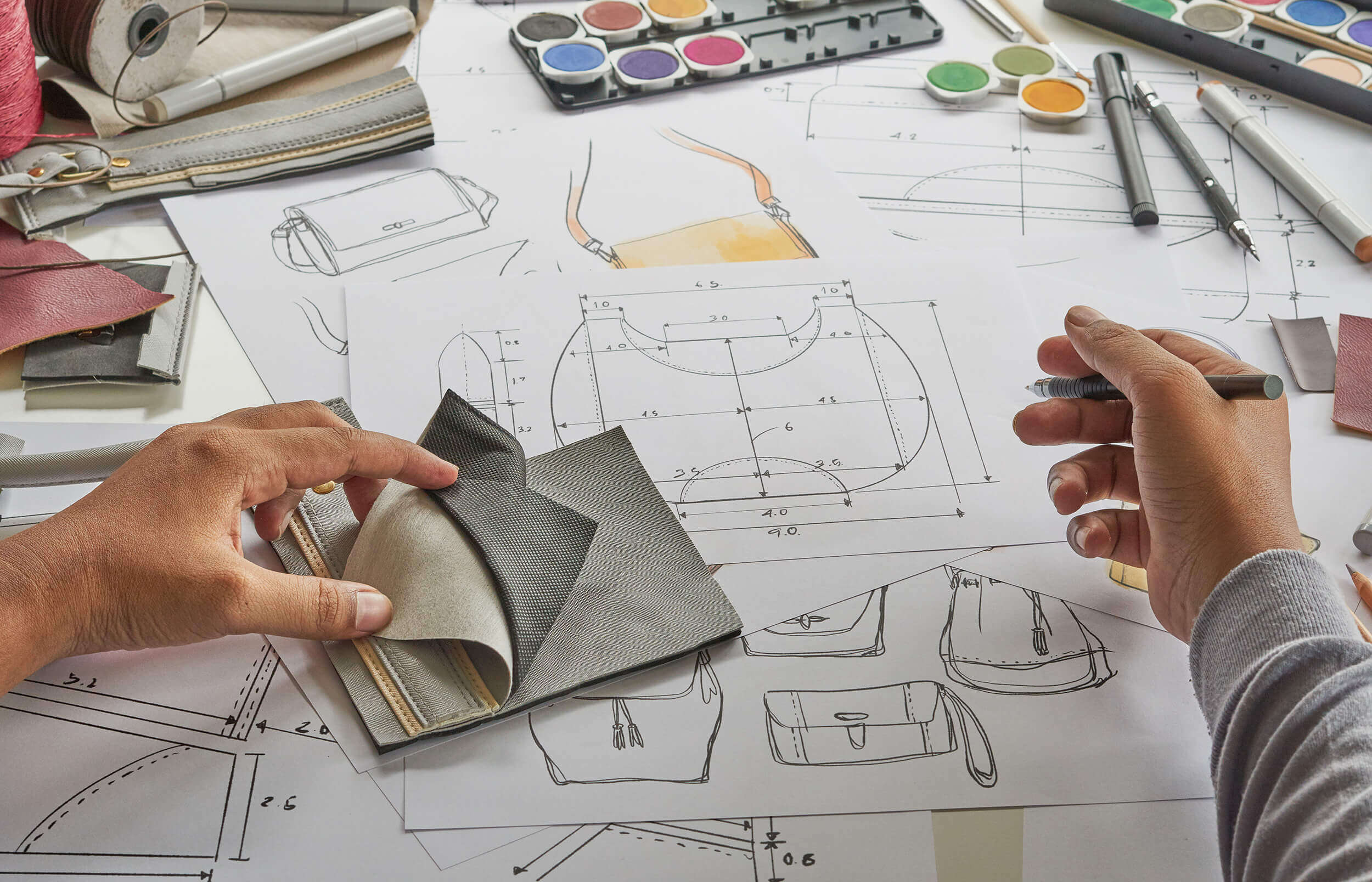
About Fashion Design.
Fashion design is taking different textile materials to make clothes & other kinds of accessories such as belts, hats, & handbags. Fashion design is artistic & a great way to show your personality. There are some general areas as a fashion designer that you need to know, & a few that may look familiar that we discussed during the interior design section.
- Material
- Art skills
- Computer software
- Sewing skills
These basic areas are important to know as a fashion designer. You may not use them all daily, but they are important to know as you will encounter them. If you are an independent designer, you will need to know & have skills in these areas.
Fashion Design Material.
Knowing the material you are working with is a must. Different materials flow, fit, & feel better especially for different uses. Whether you are doing athletic clothing or formal wear, the right material is a necessity.
One also has to consider the safety of the consumer as well as materials that may cause allergic reactions. Materials also have different robustness to them & need to be considered for the purpose of the customer.
Art Skills.
You will need to be able to draw during the design process. Have the ability to make a rough sketch to help you & your team visualize the end product.
Art skills are where you can be very creative, & will save you time, if you can visualize something before you create it to see if it works, it will save time & material.
Computer Software.
I know we mentioned this one above. There are a lot of different software platforms that a fashion designer can use, including CAD. The software can help those who do not have amazing artistic skills although most fashion designers still do a sketch before doing a software design.
Sewing Skills.
As a fashion designer, you will need to have some sewing skills or have a friend or employee that has those skills. This is what makes the design from paper to the final product that will be worn around town. The designer does not typically sew every item in the store. They do at least a rough draft of what the end product should look like.
Each of these professions has similarities to them, but are very different in many ways. One trying to choose between these professions might find it helpful to look at the pros & cons of each to help them make that decision to the correct career path for them.
Interior Design & Fashion Design: Pros & Cons.
I want to take a look at some pros & cons of some areas that are relatable to each career field. Each is manageable but brings some unique challenges to the career field that needs to be considered.
- Work guidelines
- Materials
- Longevity
- Work availability
Knowing the difference in these key areas will be helpful in knowing what to expect in each particular career path. These also have some culturally different aspects to them. The challenges you face in Europe will not be the same in America.
Work Guidelines.
In interior design, you are working with a client that is going to have some particular tastes & you will have structural guidelines & safety that you need to follow, so there are guidelines that you need to work with.
Fashion design is really dependent upon your own creativity. In general cases, you will consider the clients you are creating the product for, come up with your own design & create the end product in which you will try to sell to a producer or vendor.
Materials.
The materials used in both interior & fashion design are very different. While each has a wide range, interior design material items can be bigger, when dealing with furniture & machinery for businesses. Availability for such materials can take a while, or depend on another manufacturer.
Fashion designers have a wider variety of materials & textiles to work with. From basic material to exotic & imported material. You have the ability to go with a different option a lot easier than an interior designer who may need to use a particular item based upon the customers’ requirements.
Longevity.
In interior design, the longevity of the materials tends to last longer than in fashion design. Furniture is made of more robust fabrics, & is not moved around all the time. Wear & tear is less of an issue & does not require the replacing of materials. Once a design is in place, it tends to stay there for quite some time.
In fashion design, your product might have a short life. You have to deal with normal wear & tear of clothing, not to mention the ever-changing market when it comes to fashion. What is in today is out tomorrow, so things are constantly moving in the fashion world.
Work Availability.
While both industries are great, & have high demand. Interior design does not churn quite as fast. When a building is modelled & decorated, it usually stays that way for quite a while, so you move on to the next project & may not see that building or space ever again.
Fashion design is always changing & it moves fast. Your designs come out & you have to move on to the next in order to keep up with the ever-changing tastes that people have. There is never a shortage of work when it comes to designing the new trend in fashion.
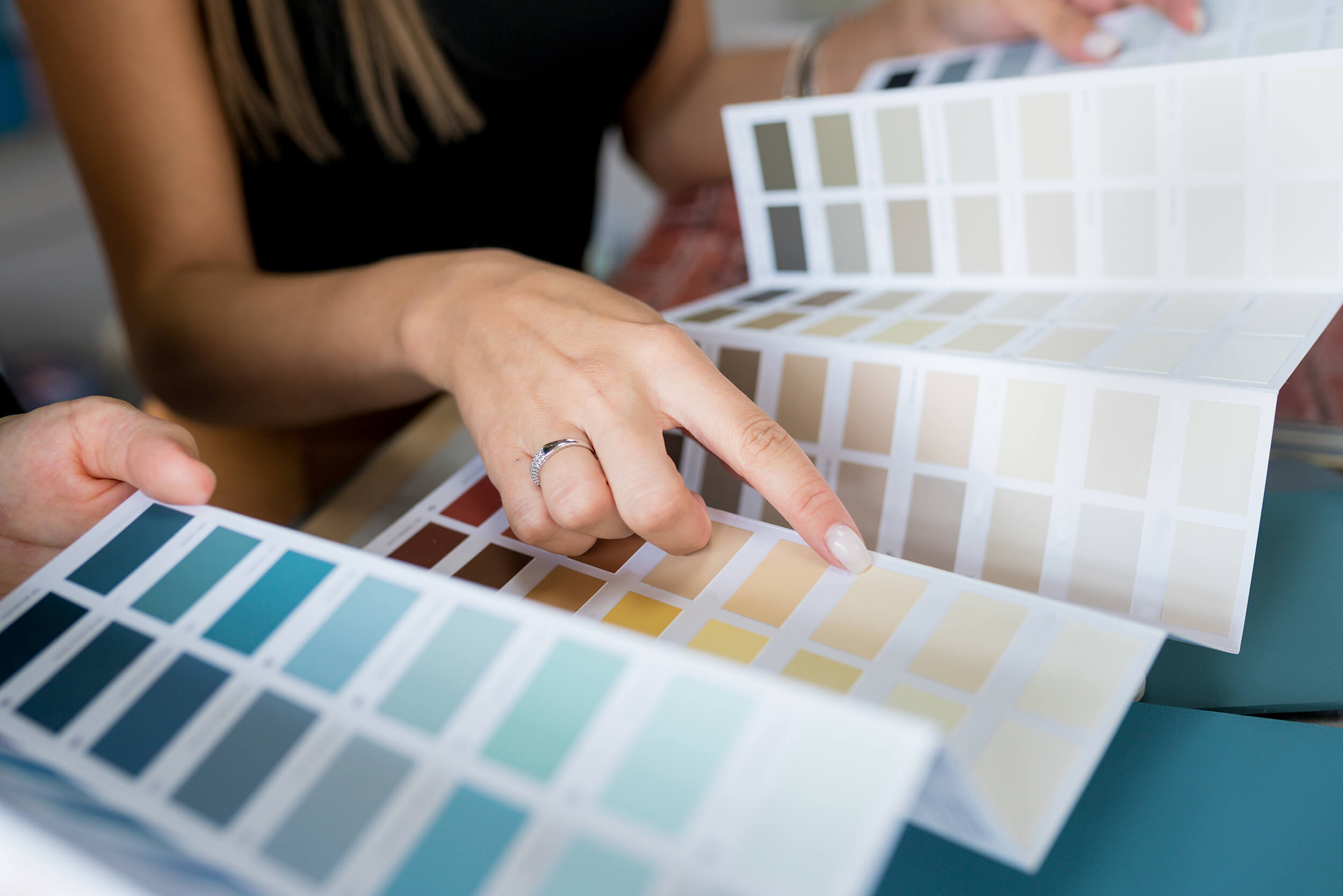
Conclusion.
Interior & fashion design are great career choices. They have the ability to allow someone to be very creative, to bring beauty to a space or a person. They bring unique challenges depending on the country you are in, the environment that your designs are intended for, or the personal tastes & style of your clients.
Interior & fashion design has the ability to make people feel confident in how they look, or comfortable in their living space. These careers can be very rewarding from a creative perspective as well as a people perspective.
Sources:
https://www.nysid.edu/academics/what-is-interior-design
https://www.careerexplorer.com/careers/fashion-designer/
https://myclgnotes.com/blog/comparison-between-interior-&-fashion-design-as-careers-option/
If you’re interested in further reading, please see the links to my trusted resources page & related articles below. To find out more about AALofts Design, please click here. If you found this content helpful, want to collaborate on a project, or would like to request an article topic, please click here to get in touch via the contact form. Feel free to share & connect on social media, if you found this content helpful.
